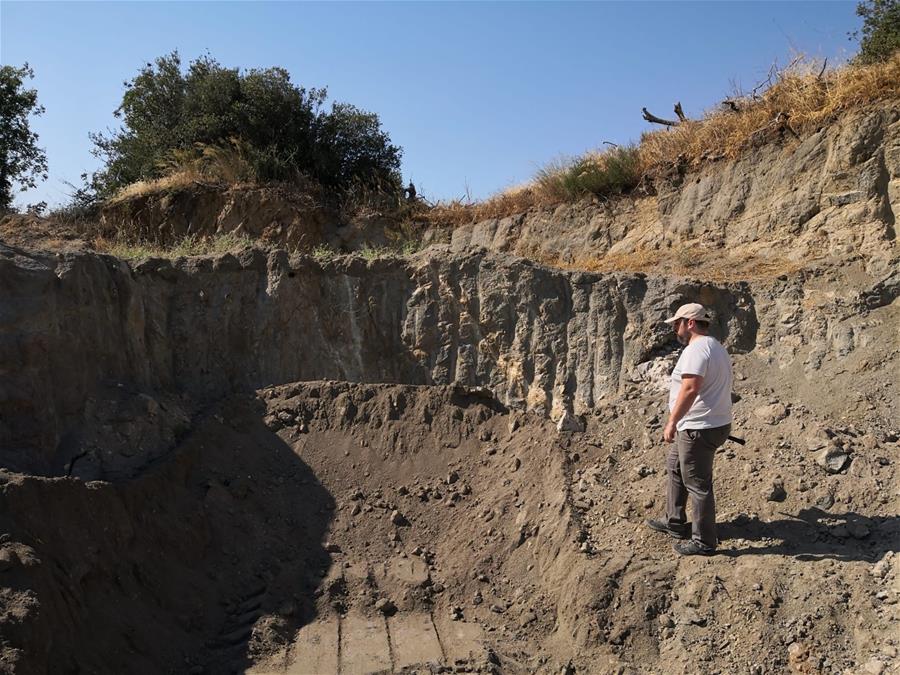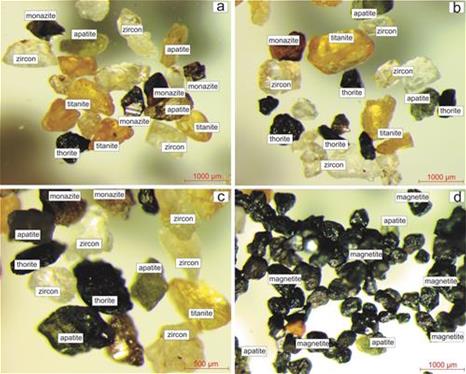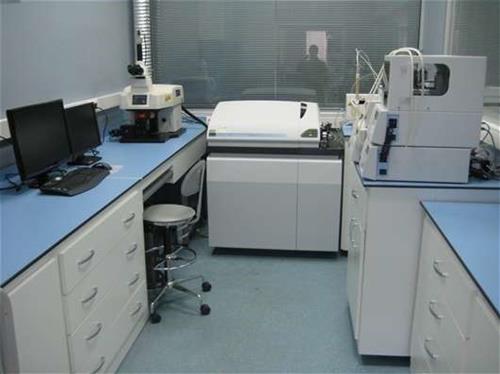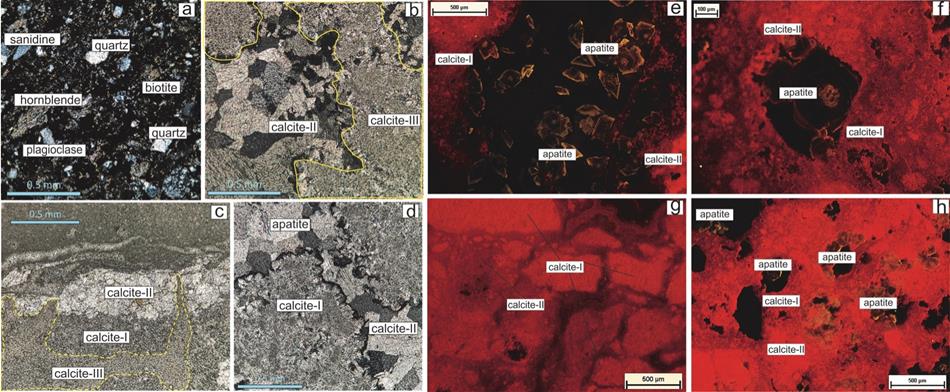The Rare Earth Elements (REE) are considered critical metals, due to their widespread use in many ‘‘green’’ technologies, such as renewable energy production and distribution, hybrid and electric vehicles, consumer electronics, imaging technologies in healthcare. For this reason, REE are becoming more attractive commodity targets for the mineral industry. REE can be classified into two subgroups Light REE (LREE; La-Eu: atomic numbers 57 through 63) and Heavy REE (HREE; Gd-Lu: atomic numbers 64 through 71).

In the studies carried out between 2015-2018, Prof. Dr. Mustafa Kumral and his team have reached valuable data on the REE potential of alkaline ultrapotassic rocks within a TÜBİTAK 1001 project entitled “Determination of the rare earth element (REE) potentiality in the residual formations along Southern Tauride-Anatolide Zone”. The research team continues to investigate the REE-Th potentials of other potassic rocks in different regions of Türkiye. Currently, Prof. Dr. Mustafa Kumral and his team focused on the two potassic rock hosted REE-Th mineralizations. Of these, the carbonatite intrusion in the western Anatolia is quite important, because it is the first discovery of a magmatic carbonatite body. The high grades of HREE and Th in these carbonatites may reflect economic importance due to the scarcity of HREE mineralizations around the globe. The other mineralization field is in western Anatolia, Türkiye region, and the investigation works are supported by an ITU scientific research project. The mineralizations are located on a granite host body and are mainly associated with phosphate-bearing REE-Th minerals. These granite-hosted REE mineralizations are generally low in grades, however, the altered cover units sourced from mineralized granite can be quite important due to higher grades and ease of enrichment methods.
 |
 |
| Binocular microscope photomicrographs of heavy mineral separates from non-magnetic (a-b-c) and magnetic (d) fractions of alkaline rocks |
ICP-MS spectrometer of Elan DRC-e Perkin Elmer. |

Photomicrographs of the mineral assemblages of fenitized rocks (a), and carbonatites (b-c-d), cathodoluminescence images of apatite accumulations (e-f-h) and different stages of carbonatite veins (e-f-g-h).
In this context, the REE potential of studied mineralization fields may reflect an economic value in near future depending on the industrial demand. The REE policy of Türkiye must immediately examine the entire REE potential and produce high-purity rare earth oxide concentrates in the first place. The usage of consumer and high technology products will be quite important in near future.